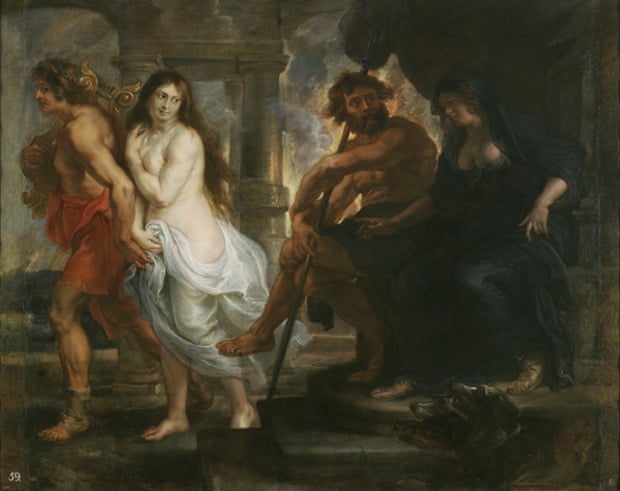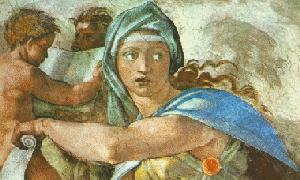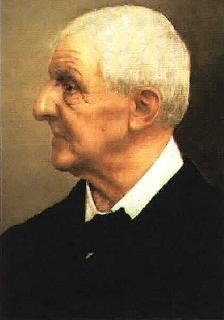Piano Concert in A - Grieg
| Nikolai Tokarev |
We went to hear Piano concert by Grieg performed by Nikolai Tokarev, piano and the Russia Philharmonic Orchestra. Very well played and re-opened my interest for this piece, which is so beautiful.
(see below from Wikioedia)

The Piano Concerto in A minor, Op. 16, composed by Edvard Grieg in 1868, was the only concerto Grieg completed. It is one of his most popular works[1] and is among the most popular of all piano concerti.
Structure
 |
| The main theme of the allegro molto moderato. |
The concerto is in three movements:[2]
- Allegro molto moderato (A minor)
- The first movement is in sonata form and is noted for the timpani roll in its first bar that leads to a dramatic piano flourish, which leads to the main theme. Then the key changes to C major, for the secondary theme. Later, the secondary theme appears again in the recapitulation, but this time in the key of A major. The movement finishes with a virtuosic cadenza and a flourish similar to that at the start of the movement.
- Adagio (D-flat major)
- The second movement is a lyrical movement in D-flat major, which leads directly into the third movement. The movement is in ternary form (A–B–A). The B section is in D-flat major and E major, then returns to D-flat major for the reprise of the piano.
- Allegro moderato molto e marcato – Quasi presto – Andante maestoso (A minor → F major → A minor → A major)
- The third movement opens in A minor 2
4 time with an energetic theme (Theme 1), which is followed by a lyrical theme in F major (Theme 2). The movement returns to Theme 1. Following this recapitulation is the 3
4 A major Quasi presto section, which consists of a variation of Theme 1. The movement concludes with the Andante maestoso in A major, which consists of a dramatic rendition of Theme 2 (as opposed to the lyrical fashion with which Theme 2 is introduced).
- The third movement opens in A minor 2
History
The work is among Grieg's earliest important works, written by the 24-year-old composer in 1868 in Søllerød, Denmark, during one of his visits there to benefit from the climate.
The concerto is often compared to the Piano Concerto of Robert Schumann: it is in the same key; the opening descending flourish on the piano is similar; and the overall style is considered to be closer to Schumann than any other single composer. Incidentally, both composers wrote only one concerto for piano. Grieg had heard Schumann's concerto played by Clara Schumann in Leipzig in 1858, and was greatly influenced by Schumann's style generally, having been taught the piano by Schumann's friend Ernst Ferdinand Wenzel.
Grieg's concerto provides evidence of his interest in Norwegian folk music; the opening flourish is based on the motif of a falling minor second (see interval) followed by a falling major third, which is typical of the folk music of Grieg's native country. This specific motif occurs in other works by Grieg, including the String Quartet No. 1. In the last movement of the concerto, similarities to the halling[5] (a Norwegian folk dance) and imitations of the Hardanger fiddle (the Norwegian folk fiddle) have been detected.
| The theme of the third movement of the concerto, which is influenced by the Norwegian Halling dance. |
The work was premiered by Edmund Neupert on April 3, 1869 in Copenhagen, with Holger Simon Paulli conducting. Some sources say that Grieg himself, an excellent pianist, was the intended soloist, but he was unable to attend the premiere owing to commitments with an orchestra in Christiania (now Oslo). Among those who did attend the premiere were the Danish composer Niels Gade and the Russian pianist Anton Rubinstein, who provided his own piano for the occasion.[6] Neupert was also the dedicatee of the second edition of the concerto (Rikard Nordraak was the original dedicatee), and James Hunekersaid that he himself composed the first movement cadenza.[7]
The Norwegian premiere in Christiania followed on August 7, 1869, and the piece was later heard in Germany in 1872 and England in 1874. At Grieg's visit to Franz Liszt in Rome in 1870, Liszt played the notes a prima vista (by sight) before an audience of musicians and gave very good comments on Grieg's work which would later influence him. The work was first published in Leipzig in 1872, but only after Johan Svendsen intervened on Grieg's behalf.[8]
Grieg revised the work at least seven times, usually in subtle ways, but the revisions amounted to over 300 differences from the original orchestration. In one of these revisions, he undid Liszt's suggestion to give the second theme of the first movement (as well as the first theme of the second) to the trumpet rather than to the cello. The final version of the concerto was completed only a few weeks before Grieg's death, and it is this version that has achieved worldwide popularity. The original 1868 version has been recorded, by Love Derwinger, with the Norrköping Symphony Orchestra under Jun'ichi Hirokami.[10]
Grieg worked on a transcription of the concerto for two solo pianos, which was completed by Károly Thern.[11] The premiere recording of this version was by the British two-piano team of Anthony Goldstone and Caroline Clemmow.[12] On April 2, 1951, the Russian-born American pianist Simon Barere collapsed while playing the first few bars of the concerto, in a performance with conductor Eugene Ormandy and the Philadelphia Orchestra at Carnegie Hall in New York. He died backstage shortly afterwards.[13] It was to have been Barere's first performance of the work.[14]





